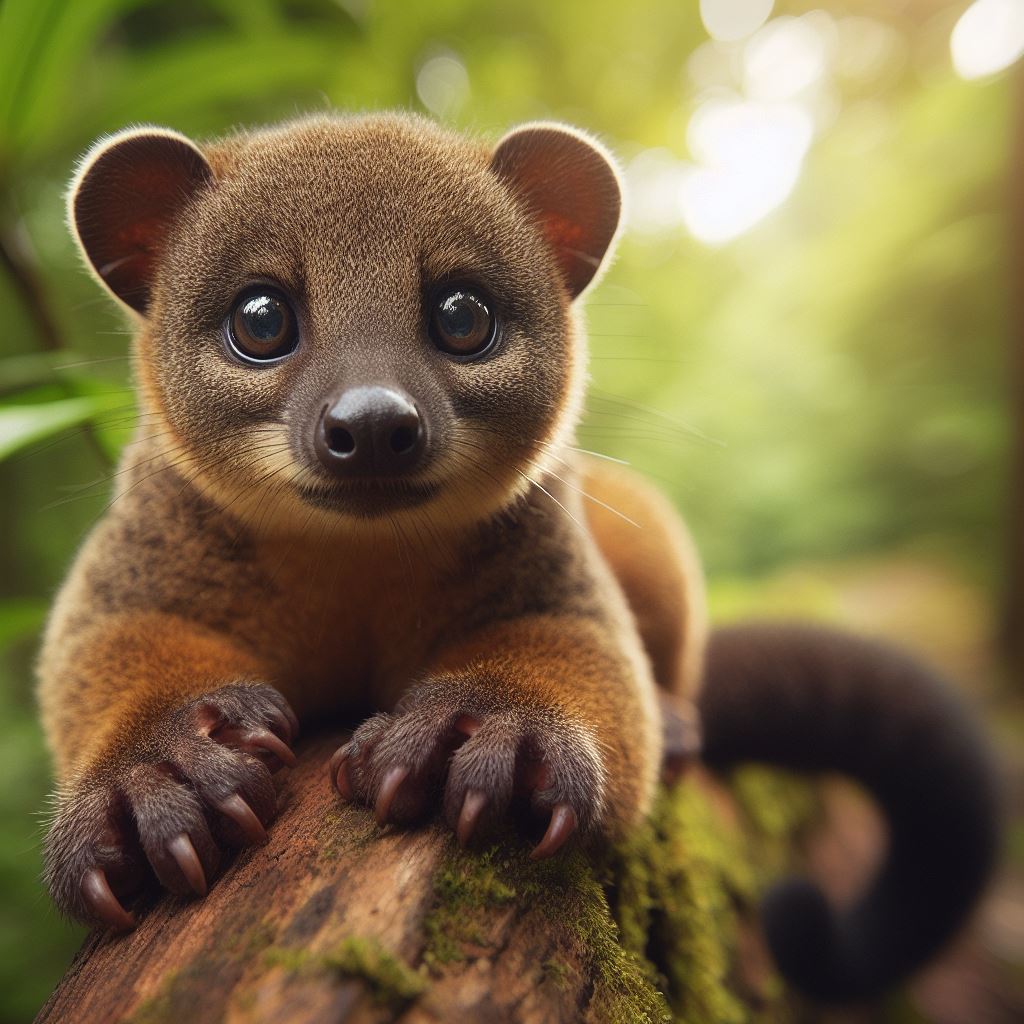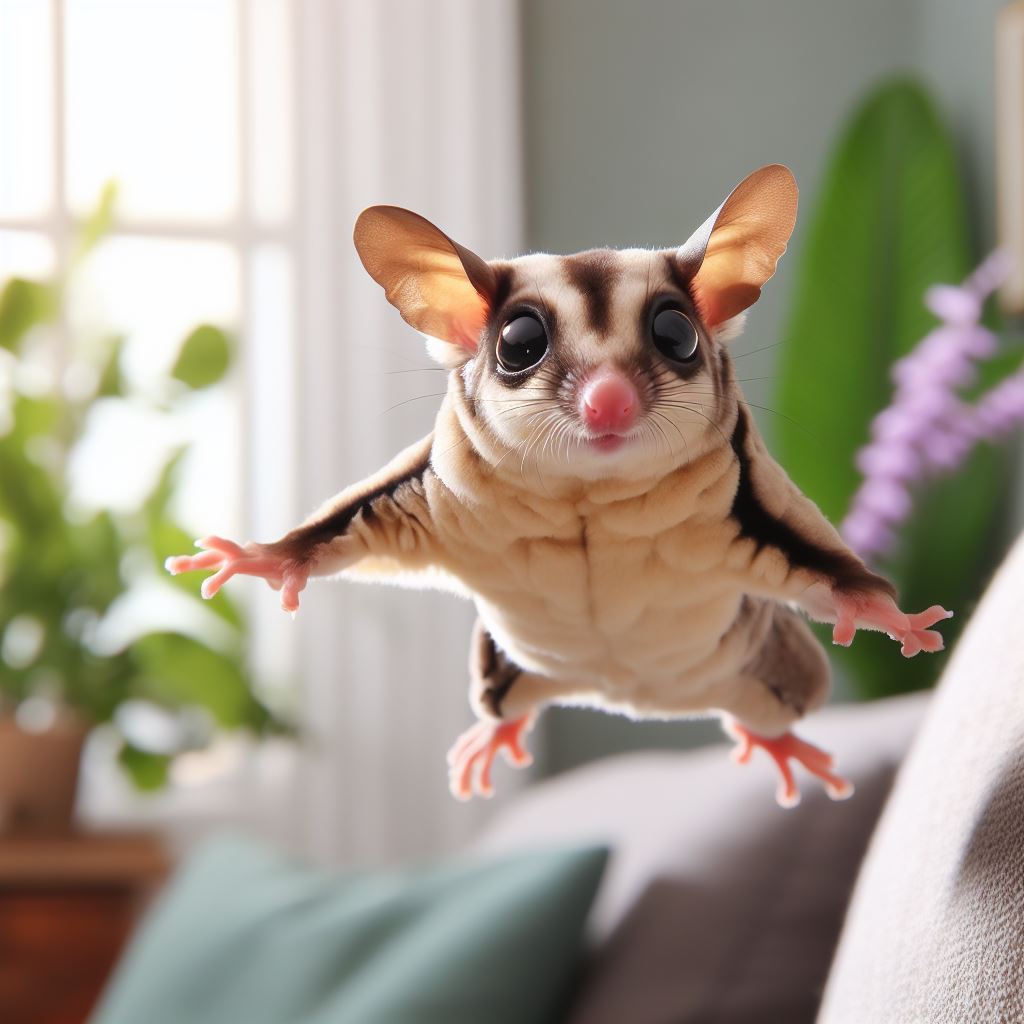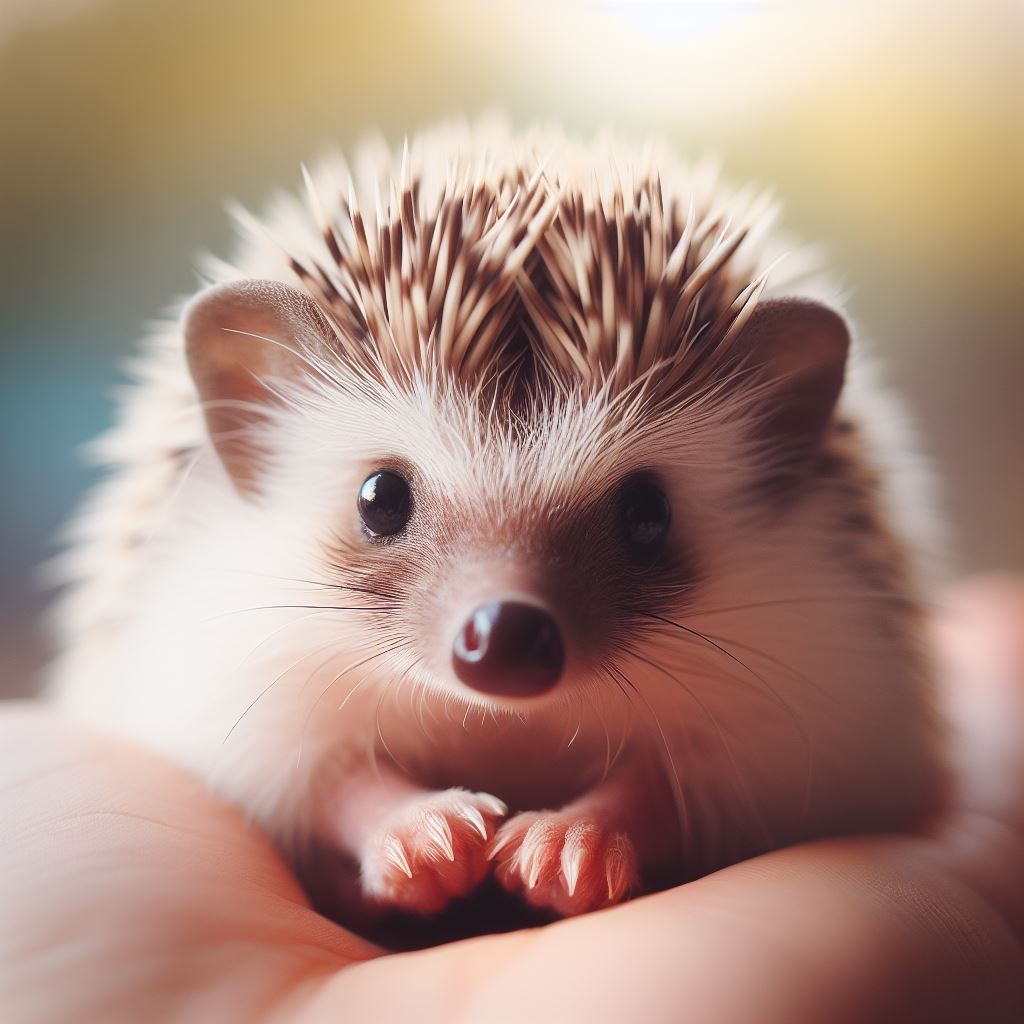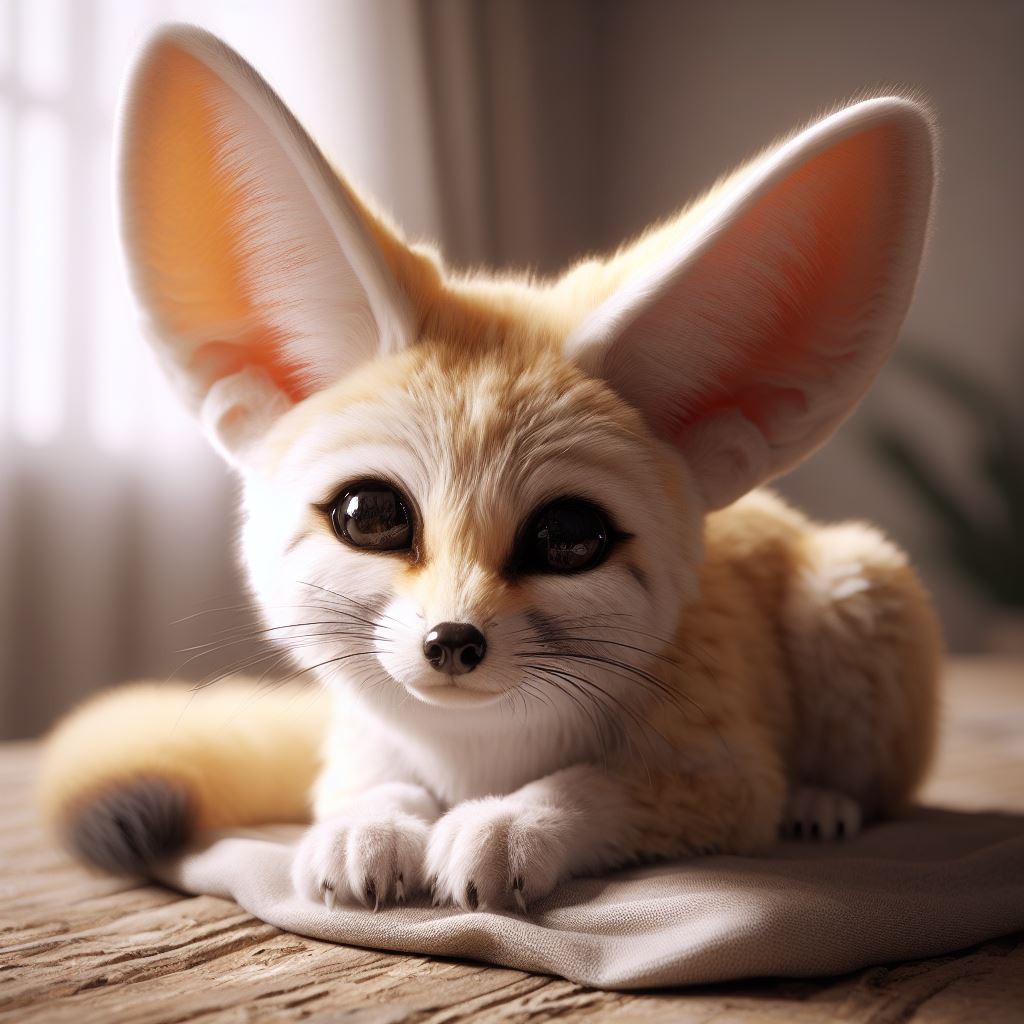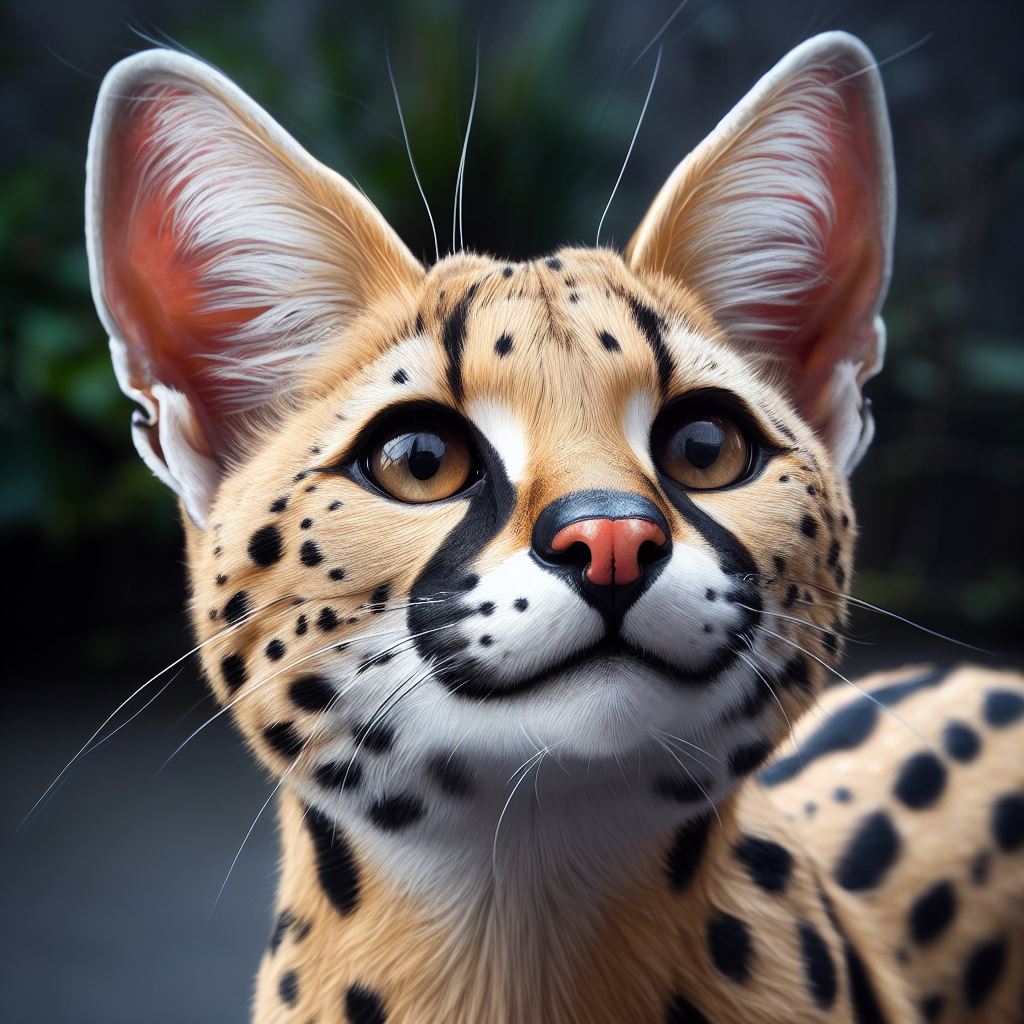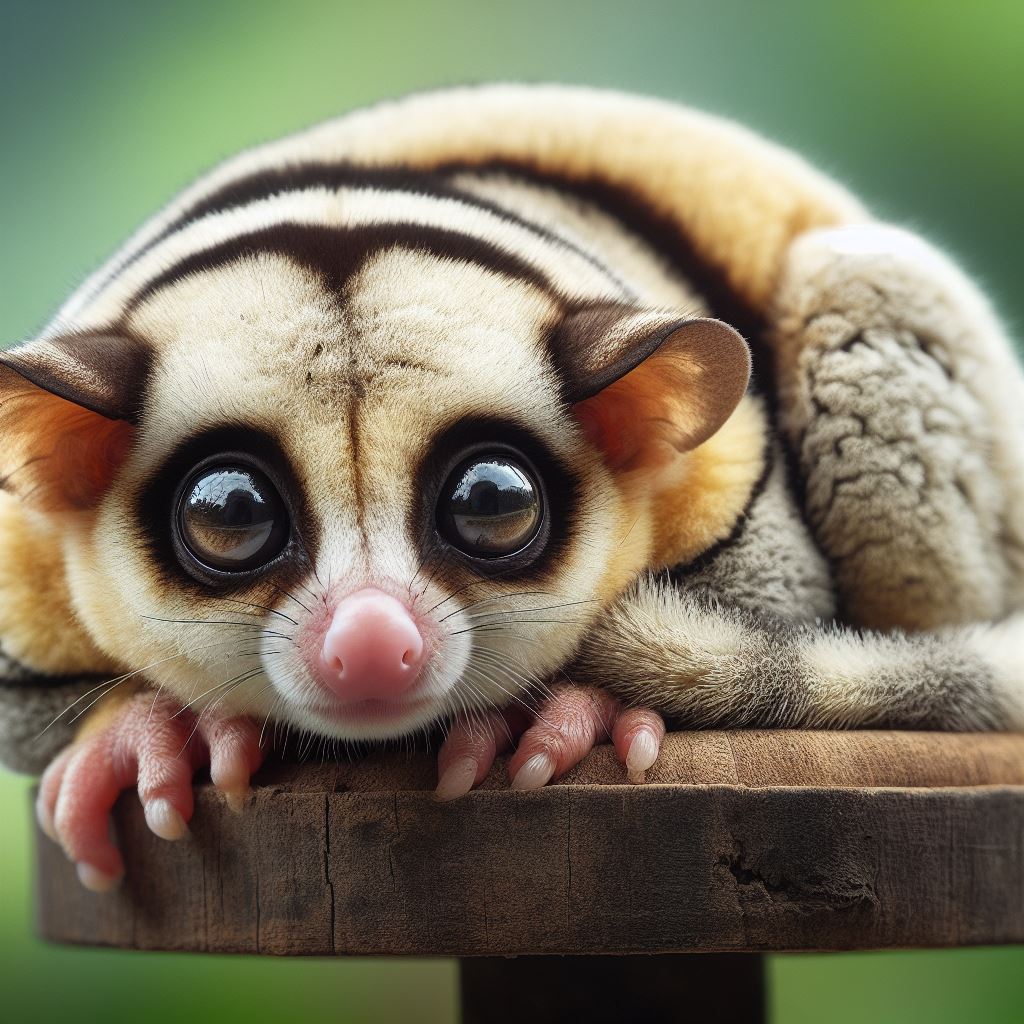The Kinkajou, scientifically known as Potos flavus, captures the hearts of wildlife enthusiasts and nature lovers residing in the Central and South American jungles due to its unparalleled charm. This captivating member of the Procyonidae family, which shares ancestry with raccoons and coatis, earns the nickname “Honey Bear” owing to its deep affection for honey. With its alluring golden fur and mesmerizing eyes, the Kinkajou thrives in the shadows of the forest canopy, drawing attention from those who admire the wonders of the animal kingdom.
The enchanting Kinkajou, recognized scientifically as Potos flavus finds its home in the lush rainforests of Central and South America. Referred to affectionately as the “honey bear,” this intriguing creature’s unique appearance and captivating behavior make it a subject of fascination. In this article, we explore the world of the Kinkajou, delving into its physical traits, lifestyle, dietary habits, and more.
The Natural Habitat of the Kinkajou
The Kinkajou, a native of the rainforests of Central and South America, charms admirers with its unusual appearance and seductive behavior. This creature, sometimes called the “honey bear,” thrives amidst the tropical wonders of its habitat. Throughout this post, we venture into Kinkajou’s domain, uncovering details about its physical characteristics, way of life, diet, and other essential aspects.
Physical Characteristics of the Kinkajou
In the tropical jungles of Central and South America, the magnificent Kinkajou, scientifically known as Potos flavus belonging to the Procyonidae Family, captures attention with its peculiar appearance and alluring behavior. This creature, occasionally referred to as a “honey bear,” becomes the focus of our exploration. Through this piece, we gain insights into the Kinkajou’s appearance, lifestyle, nutrition, and other significant elements.
Diet and Feeding Habits of the Honey Bear
Kinkajous primarily consumes fruits, displaying a special fondness for sweet varieties like bananas, figs, and mangos. Additionally, they supplement their diet with nectar, flowers, and occasional insects. Equipped with long tongues, Kinkajous adeptly extract nectar from flowers, establishing their importance as pollinators in their habitat. Their varied diet plays a vital role in seed dispersion, contributing significantly to the biodiversity of the rainforest ecosystem.
The Kinkajou as a Pet: Pros and Cons
The charming Kinkajou, native to the tropical rainforests of Central and South America, garners attention due to its odd appearance and captivating traits. As a potential pet, this creature, sometimes called the “honey bear,” offers unique companionship. Throughout this article, we delve into the Kinkajou’s world, exploring its physical attributes, lifestyle, diet, and other crucial elements.
Legal Considerations for Owning a Kinkajou
Before welcoming a Kinkajou into your home, understanding the legalities surrounding their ownership is essential. Many countries, including the United States, regulate or prohibit honey bear ownership as pets. Researching local laws is imperative to ensure compliance. Additionally, acquiring a Kinkajou from a reputable, licensed breeder is vital, guaranteeing both the legality and well-being of your prospective pet.
Caring for a Pet Kinkajou: Housing, Feeding, and Enrichment
Providing an appropriate environment is vital for the well-being of a pet Kinkajou. Due to their arboreal nature, they require a spacious enclosure with ample vertical space for climbing and exploration. The enclosure should feature various branches, ropes, and platforms, simulating their natural habitat. Additionally, a balanced diet encompassing fresh fruits, vegetables, and specially formulated Honey Bear pellets fulfills their nutritional requirements.
Common Health Issues in Kinkajous and How to Prevent Them
Similar to other pets, Kinkajous are susceptible to specific health problems, including gastrointestinal disorders, obesity, and dental issues. Preventive measures, such as regular veterinary check-ups, a nutritious diet, and opportunities for physical and mental stimulation, mitigate these concerns. Maintaining a clean enclosure, free from potential hazards, further reduces the risk of illnesses or injuries.
Training and Socializing a Pet Kinkajou
Training and socializing a pet Kinkajou demand patience, time, and expertise. Early socialization is pivotal for their adjustment to a domestic setting, fostering friendliness and adaptability. Positive reinforcement techniques, like clicker training, prove effective in teaching basic commands and tricks. Establishing a strong bond through gentle handling and consistent interaction forms the foundation of a trusting relationship with your pet Kinkajou.
Conclusion: Is a Honey Bear the Right Pet for You?
In conclusion, owning a Kinkajou offers a rewarding experience for individuals or families willing to invest time and effort. These captivating creatures bring the mystique of the rainforest into your home, captivating hearts with their distinctive appearance and engaging behavior. However, prospective owners must conduct thorough research and acknowledge the responsibilities associated with Kinkajou care. From understanding legal obligations to providing appropriate housing, nutrition, and enrichment, responsible Kinkajou ownership demands dedication, commitment, and a profound appreciation for the marvels of nature.
Should you possess the willingness to provide the necessary care, attention, and resources, a Kinkajou can undoubtedly become a delightful addition to your family. Consulting experts, including exotic animal veterinarians and experienced Kinkajou owners, ensure comprehensive preparedness to meet the unique needs of these incredible creatures.

